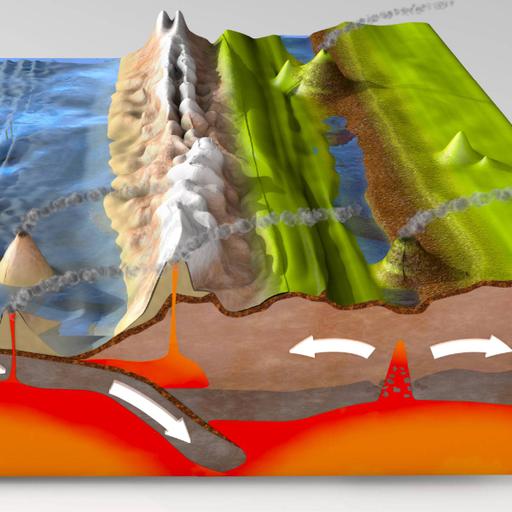Plate Tectonics
Presentations | English
Plate tectonics is a scientific theory that explains how major landforms are created as a result of Earth's subterranean movements. In plate tectonics, Earth's outermost layer, or lithosphere—made up of the crust and upper mantle—is broken into large rocky plates. There are four types of boundaries between tectonic plates that are defined by the movement of the plates: divergent and convergent boundaries, transform fault boundaries, and plate boundary zones. Most seismic activity occurs at three types of plate boundaries—divergent, convergent, and transform. As the plates move past each other, they sometimes get caught and pressure builds up. The plates — interlocking slabs of crust that float on Earth's viscous upper mantle — were created by a process similar to the subduction seen today when one plate dives below another. Other researchers have estimated that a global tectonic plate system emerged around 3 billion years ago.

6.50
Lumens
PPTX (26 Slides)
Plate Tectonics
Presentations | English
